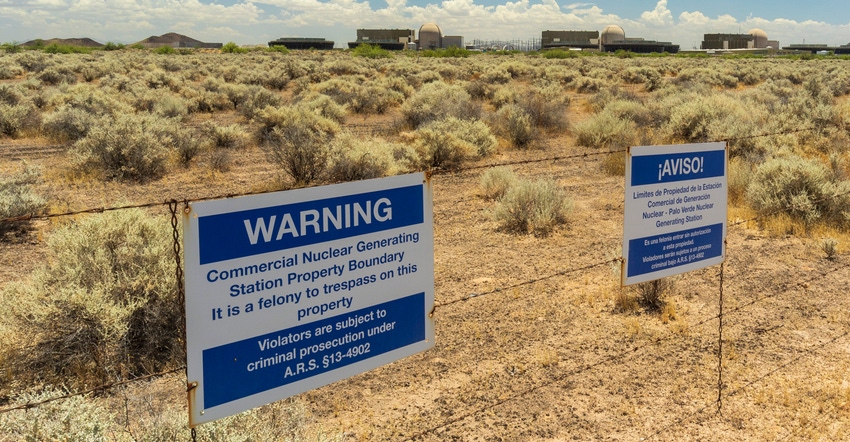
If words were water, we'd have a surplus and lakes like Mead, Powell and Oroville wouldn't be puddles.
For all the words written on the plight facing residents in the West, there is no dearth of words on drought. The reaction to it, however, may not match reality.
The high likelihood exists that Lake Powell on the Utah-Arizona border will lose its ability to generate hydroelectric power from Glen Canyon Dam. If that happens, 1,320 megawatts of electric generation evaporate. This will directly affect Wyoming, Utah, Colorado, New Mexico, Arizona, Nevada, and Nebraska. Indirectly, other states will suffer as the grid scrambles to find power to keep the lights on.
Lake Oroville in northern California is in the same shape. Officials at Oroville Dam told California officials earlier this year to brace for their inability to generate power as the lake is projected to fall below intake level of the hydroelectric plant within the dam.
To prop up Lake Powell's ability to continue generating hydropower, upstream lakes including Flaming Gorge, Navajo and Blue Mesa are being drawn down to add about three feet of storage to Lake Powell, according to the Bureau of Reclamation. This is part of a 2019 drought contingency plan that the Glen Canyon Institute (GCI) says the bureau did not expect to implement so soon.
This may work in the short term, GCI writes in a newsletter, but not in the long term. GCI cites climate scientist Brad Udall, a senior water and climate research scientist at Colorado State University, as saying this is a stopgap measure at best. If the Western drought languishes, these upstream reservoirs in the Colorado River system and the watersheds in California will not produce the water needed to fill the West's drying reservoirs.
One can surmise that western water managers and politicians failed to expect the worst while developing contingency plans they felt compelled to write. This begs the question: if they expected lake levels to fall so low, why not do something to stop the unsustainable use of the river system? Do the water managers talk to climate scientists? Were the climate scientists reporting that things would get this bad? If so, why didn't the water managers listen and act accordingly?
The Bureau of Reclamation now believes that Lake Powell will fall below its targeted surface elevation of 3,525 feet, 35 feet above the elevation at which the lake loses its ability to generate hydroelectricity. Minimum power pool elevation at Powell is 3,490 feet. In mid-July Lake Powell's elevation was 3,556 feet above sea level, 144 feet below full pool and 66 feet above the hydroelectric intakes.
In early July, Reclamation pinned the chance of Powell falling below minimum power pool at 5% by 2023 and 17% the following year. Keep in mind, the drying of the entire Colorado River system seems to be moving faster than experts expected.
It's not just Powell that's in trouble. Reclamation is expected to declare a Tier 1 shortage from Lake Mead in August, paving the way for reduced deliveries from the Colorado River system to Arizona and Nevada starting in 2022. California will not be required under existing agreements to cut its take from the Colorado River.
It appears that bureaucrats and water managers among the various Colorado River states are content with existing water agreements as disaster stares them in the face. That the Bureau of Reclamation had to dip into its upper basin piggy bank sooner than expected should be a wake-up call to status quo opinions that we can simply ride this drought out until the next wet season blesses the West with much-needed rain and snow.
The last time Lake Powell filled was 1980. Hoover Dam at Lake Mead last used its spillway gates in 1983. Since then the West has taken an unsustainable amount of water from the Colorado River system.
Meanwhile, developers in Arizona continue to build houses and industrial parks like there's plenty of water to go around and California continues to take all or most of its 4.4-million-acre foot allocation from the Colorado River at Parker, Ariz.
About the Author(s)
You May Also Like






